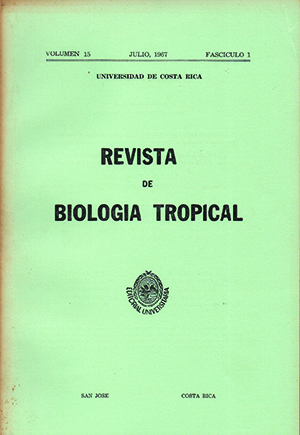Resumen
Muchas flores de orquídeas y de otras familias na producen néctar y son visitadas y polinizadas principal o exclusivamente por abejas euglosinas. Estas abejas frotan la superficie de la flor con ciertos haces de pelo de las patas delanteras, y recogen alguna sustancia que colocan en las tibias traseras infladas. Las abejas son atraídas por el olor, y muchos de los perfumes florales son altamente específicos, atrayendo sólo una o pocas especies de abeja. La tribu Euglossini comprende Euglossa, Eulaema, Euplusia, Eufriesea, y los géneros Aglae y Exaerete de abejas parásitas. Todos los géneros de la sub tribu de orquídeas Stanhopeinae se polinizan por abejas euglosinas; se presentan aquí observaciones de Acineta superba, Coeliopsis byacinthosma, Coryanthes maculata, 5 o 6 especies de Gongora, Kegelielia atropilosa, Lacaena spectabilis, Paphinia clausuala, 2 especies de Peristeria, Polycyenis gratiosa, 2 especies de Sievekingia y 3 de Stanhopea. Todos los miembros de la subtribu Catasetinae tienen también polinización por abejas euglosinas, y se da observaciones de los tres géneros del grupo: Catasetum (3 especies), Cycnoches (6 especies) y Mormodes (7 especies). También se presenta datos de especies de Dichaea, Kefersteinia, LycaIle y Notylia.
La polinización por euglosinas resulta en mecanismos de aislamiento muy efectivos, y ha tenido importancia en la especiación de varios grupos de orquídeas. El aislamiento por olores muy selectivos podría permitir especiación simpátrica por mutaciones modificadoras del aroma. Las especies de orquídeas con aliados cercanos simpátricos tienden a ser más específicos en la atracción de un polinizador que las especies geográficamente aisladas.
Si bien las relaciones insecto-flor son muy específicas, la misma especie de abeja puede visitar y polinizar varias especies diferentes y poco emparentadas de orquídeas. En varios casos, las flores de orquídea atraen "visitantes accesorios", abejas que no actúan como polinizadores por su tamaño o comportamiento. En general, la polinización por abejas euglosinas parece ser eficiente, y las especies de orquídeas más avanzadas parecen tenr mejores sistemas de polinización que sus aliados primitivos.






